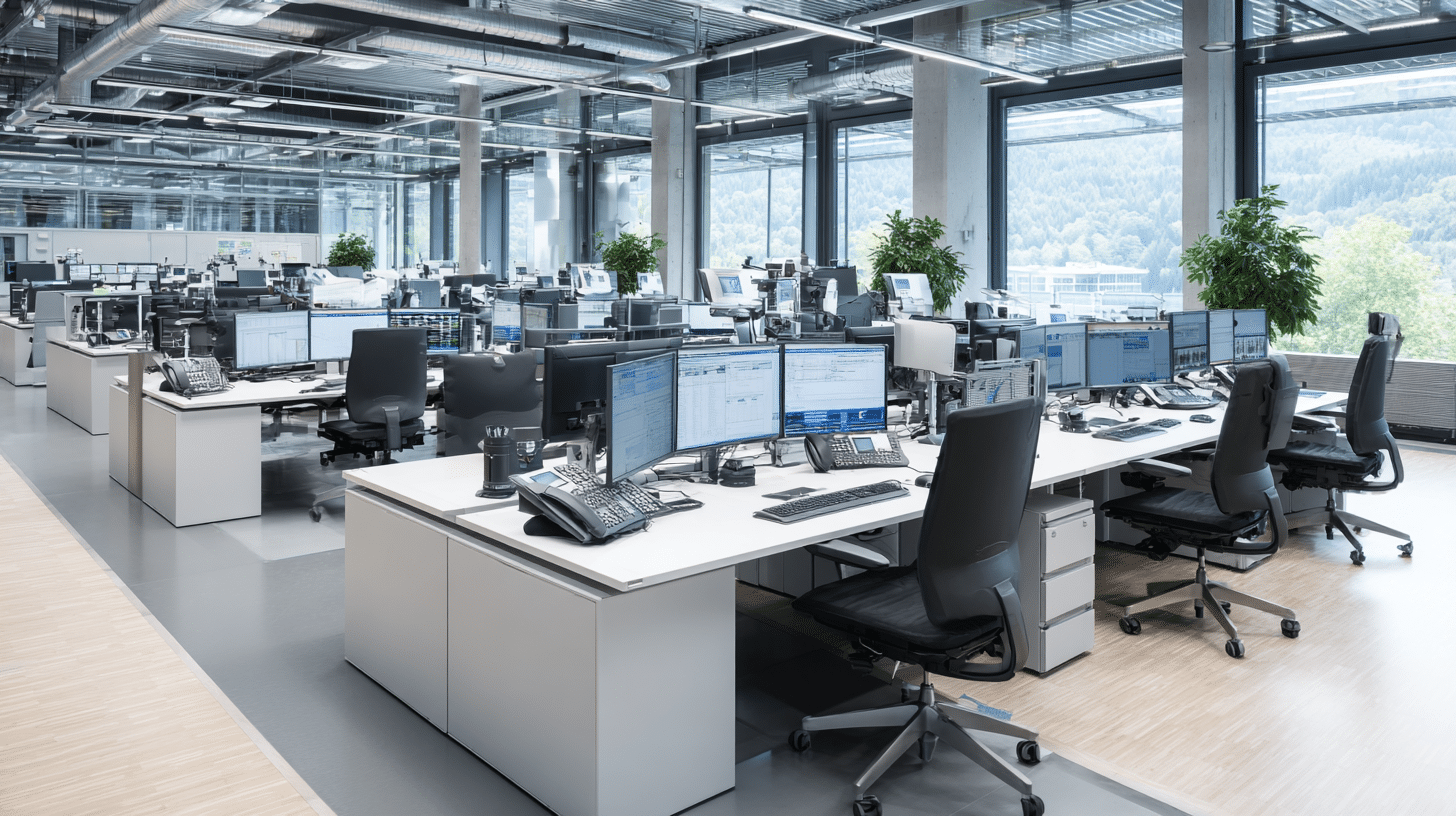The motto “Never change a running system” has been the paradigm of IT for a long time. It made sense in an era when software solutions operated internally and in relative isolation. However, in today’s dynamic, globally connected environment, this approach has become obsolete. Software solutions that were once stable and untouched now need to be continually renovated and adapted to meet increased demands for security, interoperability and flexibility. This article looks at the historical developments and the need for a new understanding of software innovation.
In the early days of the digital revolution, “never change a running system” was seen as inescapable. This mantra reflected the prevailing attitude at the time that stable and proven systems should not be changed unnecessarily. Once successfully implemented, software solutions often remained untouched for years. The concept of software innovation – the regular review and adaptation of existing software solutions – was largely unknown, or at least not recognised as a critical component of IT management.
Past: Stability through isolation
In the 1980s and 1990s, when IT systems found their way into many companies, solutions were often operated internally. They were part of closed networks, often isolated in intranets, and their communication with the outside world was minimal. These ‘self-contained’ solutions were therefore less susceptible to external threats, and as they were tailored to specific, clearly defined requirements, there was no constant need for change.
Cyberattacks at this time were primarily focused on large organisations and institutions with potentially valuable data. The threat landscape was limited and most SMEs felt relatively safe from such attacks. In addition, new requirements for software solutions – whether due to changes in the market or regulatory requirements – were planned with long lead times. This sluggish pace was in line with the general way of working in a less connected world.
Present: Networking and dynamism as a new reality
Today, the picture has changed drastically. Most modern software solutions are closely interlinked with the internet, which leads to a significant expansion of their attack surface. Solutions that were once autonomous and isolated are now part of a complex ecosystem of services and interfaces that interact across organisational boundaries. This openness and networking offer enormous advantages in terms of functionality and user-friendliness, but also harbour new risks.
Cyber attacks are now largely automated and no longer exclusively target large companies. Small and medium-sized enterprises (SMEs) are increasingly being targeted, as many of them do not have the same resources for cyber security as larger corporations. The shift from targeted attacks to widespread, automated threats has dramatically changed the security landscape.
In addition, software solutions today are subject to much greater dynamics. New regulatory requirements often need to be implemented in the shortest possible time in order to avoid penalties or retain access to certain markets. At the same time, increasing competition means that new functions and improvements need to be provided quickly to avoid falling behind. In this fast-moving environment, no company can afford to leave its software as it was yesterday.
Software innovation: An indispensable element of modern IT strategies
The increased exposure and networking of modern software solutions make it necessary to anchor the concept of software innovation as an integral part of the IT strategy. While it used to be possible to leave stable systems unchanged over long periods of time, this is no longer practicable today. The requirements for security, interoperability and adaptability have changed fundamentally.
Today, software innovation involves more than just installing security updates. It is about continuously putting existing systems to the test, modernising their architecture, optimising their interfaces and adapting them to new standards and requirements. This requires not only technical expertise, but also close collaboration between the specialist departments and IT to ensure that the software meets current and future business requirements.
Conclusion: The necessity of a paradigm shift
The old mantra “never change a running system” is no longer tenable in the face of today’s demands and risks. Software innovation must be seen as a continuous process that helps organisations to make their IT landscape secure, efficient and future-proof. In a world where software solutions are increasingly exposed and interconnected, continuous adaptation and modernisation is the key to success – and often survival.
Gone are the days when solutions could remain stable and untouched after implementation. Today, software is much more than a static tool; it is a living, dynamic system that requires continuous maintenance and development. Organisations that understand this and integrate it into their IT strategy will be able to successfully meet the challenges of digital transformation and maintain their market position in the long term.


